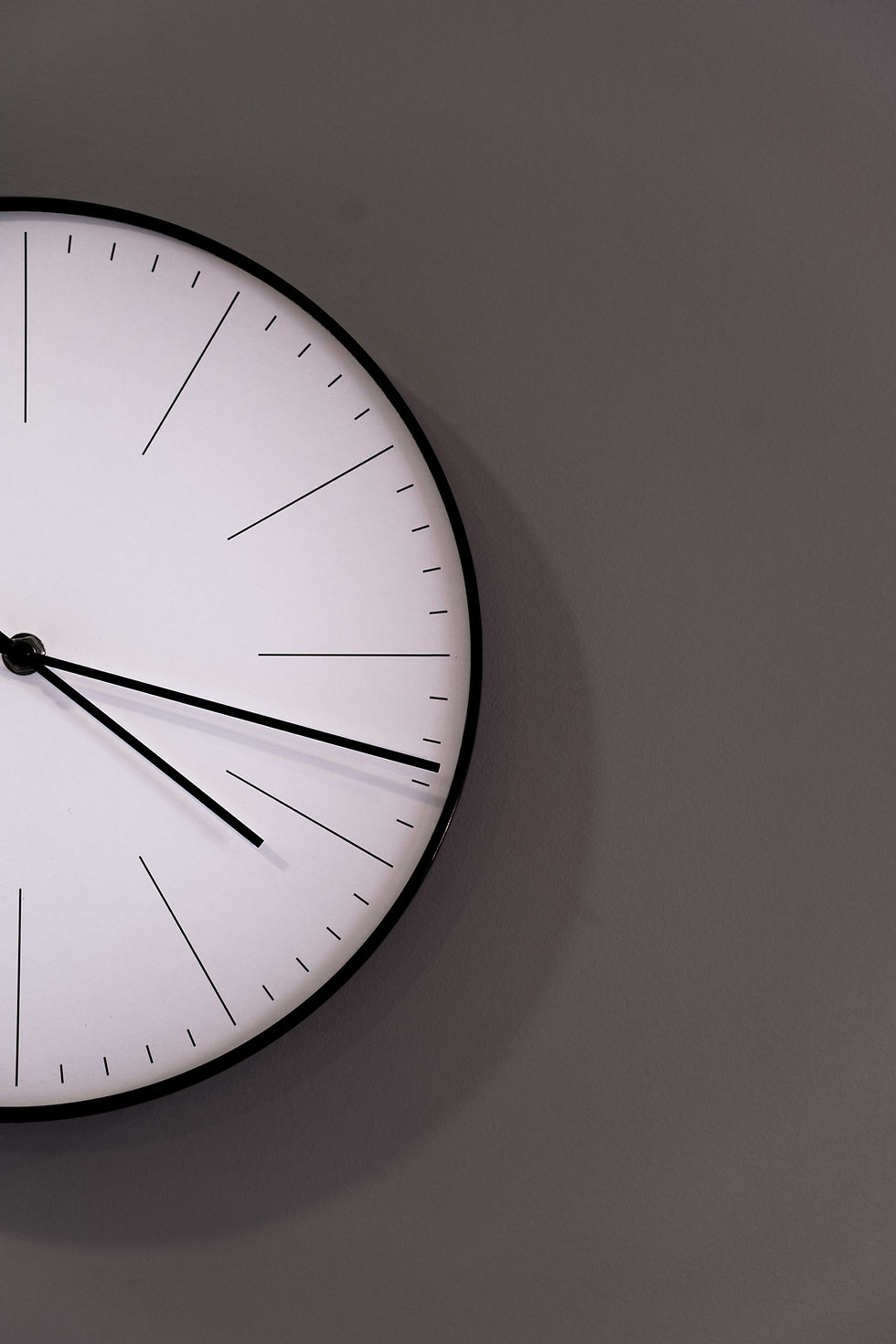To R.I.C.E. or not to R.I.C.E.?
- Daniela Radoman
- May 26
- 4 min read
Updated: Aug 4
If you’ve ever pulled a muscle or rolled your ankle, you’ve likely heard of the R.I.C.E. method: Rest, Ice, Compression, Elevate.
For decades, this was the go-to answer for any aches and pains. It’s easy to remember, simple, and seems logical. Health care professionals, sports coaches, gym trainers, and weekend warriors alike widely accepted and advised it.
Dr. Gabe Mirkin first coined the term in 1978. At that time, the thought process was that reducing swelling and inflammation would help healing.
However, we now understand that inflammation is a necessary part of the healing process. Trying to suppress it too aggressively—especially with some of the R.I.C.E. principles—may actually delay healing.
So much so that, with all the new research from the past 10-15 years, Dr. Mirkin himself recanted the R.I.C.E. method in 2015.
Let’s break down why R.I.C.E. is no longer the gold standard and what to do instead.
The Problem With R.I.C.E.
Rest Can Lead to Deconditioning & Slower Healing
While avoiding aggravating movements early on can be helpful, prolonged rest doesn’t aid long-term recovery. Injured tissues need progressive overload to strengthen. The lymphatic system also helps drain waste products from the damaged site. For this to happen, muscles need to contract, and movement is essential. Sitting around allows waste to accumulate, delaying inflammation and, consequently, the repair and remodeling of the tissue.

Ice May Delay Healing
While ice can temporarily reduce pain and swelling, it constricts blood vessels. This may hinder the delivery of nutrients crucial for healing. Remember, inflammation isn’t always the enemy. We need some inflammation for tissue repair.
Compression and Elevation Aren’t as Supported
Using compression stockings and elevating your leg can help with swelling, but that’s about it. These methods may or may not be included in new recommendations. Keep reading to find out more!
No End Goal for Recovery
R.I.C.E. is typically applied immediately after an injury. However, it doesn’t focus on what to do after the acute phase. It fails to support rebuilding strength, mobility, or function afterward.
What to Do Instead: P.E.A.C.E. & L.O.V.E.
The new recommendation emphasizes early movement, education, and tissue loading throughout both the early and later phases of an injury.
The new acronym is P.E.A.C.E. & L.O.V.E.

P.E.A.C.E. is for the early stages of an injury and helps kickstart the healing journey.
L.O.V.E. focuses on ongoing management for optimal recovery.
P.E.A.C.E.
P – Protect: Avoid movements that aggravate the injury for the first few days.
E – Elevate: Raise the limb to reduce swelling in the very early phase.
A – Avoid anti-inflammatories: Let your body’s natural healing response do its job (remember: a bit of inflammation can be good).
C – Compress: Use compression to limit swelling.
E – Educate: Learn how to manage your injury and recovery without over-relying on passive treatments.
L.O.V.E.
L – Load: Gradually return to movement and strength-building activities.
O – Optimism: A positive mindset can significantly impact recovery.
V – Vascularization: Get blood flowing with light cardio to promote healing.
E – Exercise: Targeted movement helps restore mobility, strength, and function.
The Importance of Early Movement
Incorporating early movement into your recovery is crucial. It helps maintain flexibility and strength in the injured area. This approach can prevent stiffness and promote faster healing.
Understanding Your Body’s Signals
Listening to your body is vital during recovery. Pay attention to pain levels and adjust your activities accordingly. If something feels wrong, don’t hesitate to seek professional advice.
The Role of Nutrition in Recovery
Nutrition plays a significant role in healing. Consuming a balanced diet rich in vitamins and minerals can support tissue repair. Foods high in protein, omega-3 fatty acids, and antioxidants can be particularly beneficial.
Bottom Line
While R.I.C.E. was once thought to be helpful, it’s now considered outdated and oversimplified. Healing isn’t about shutting the body down or masking symptoms. It’s about giving it what it needs to rebuild—ideally even stronger than before!
Next time you find yourself with a soft tissue injury, skip the ice pack while lying on the couch. Instead, follow P.E.A.C.E. & L.O.V.E., and your body will thank you.
Final Thoughts

If you’re dealing with soft tissue injuries and looking to safely return to movement, get in touch with us at Delta Kinesiology! We can help guide you through a personalized recovery plan safely and effectively.
Our goal at Delta Kinesiology is to help women reach their health and fitness goals. We specialize in conditions and injuries that women are more likely to experience. We tailor our sessions using evidence-based principles and methods to help you reach your goals. Whether that means going about your day pain-free, building muscle, improving stamina, or feeling better about yourself, we are here to help.
Check out some of the ways we can help below!




Wow I can see your great passion for health care and wellness